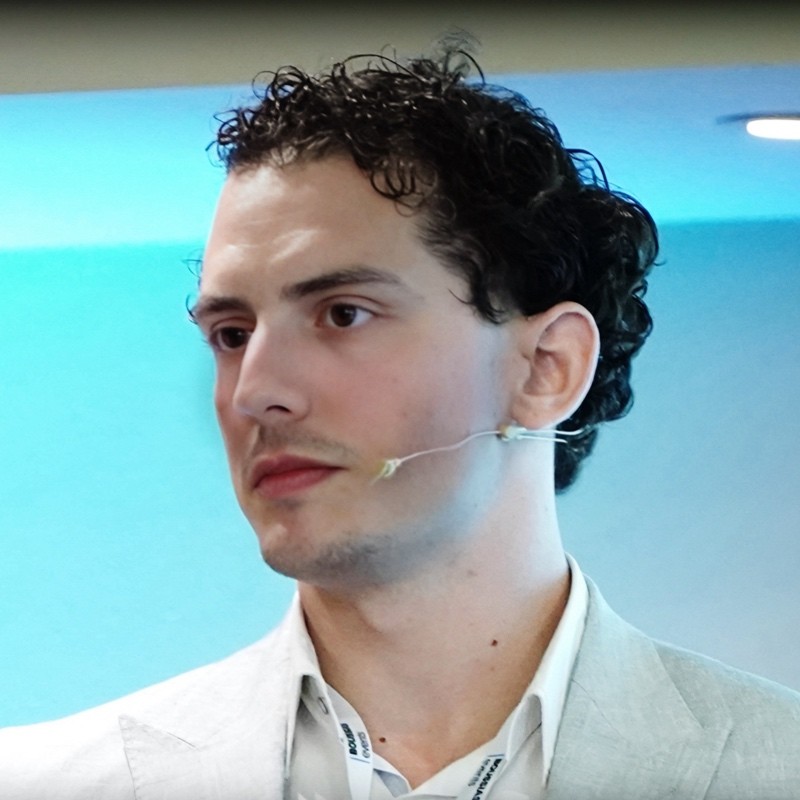“What’s the point of a vision if we’re already drowning in delivery?”
That was one of the first questions thrown out in our recent Value Stream Management Consortium Vision Workshop. And honestly? It’s a fair question. In today’s climate—shrinking budgets, ever-growing backlogs, and teams spread too thin—vision can feel like a luxury. A fuzzy buzzword. A placeholder before the “real” work begins.
But here’s the twist: skipping the vision is what’s killing your delivery.
Co-hosting this workshop, I got to witness what happens when leaders, change agents, and practitioners actually sit down to co-create a vision. Not alone. Not in a silo. But together—through frameworks, prompts, real talk, and shared stories.
Why Your Teams Are Stuck in a Stalemate
Here’s the reality we surfaced during the workshop:
-
Everyone wants more value, faster
-
Everyone feels stuck in conflicting priorities
-
Everyone's frustrated by the chaos of too many “initiatives”
Most teams aren’t short on ideas. They’re short on alignment.
And that’s exactly where the power of vision comes in. Not a corporate-speak slide deck. Not a vague “we want to be best-in-class.” I mean a real, story-driven, human-centered vision—that gives people a reason to care and a way to act.
The Unexpected Truth: Vision Isn’t Fluff. It’s Flow.
Here’s the counterintuitive truth we explored: A well-crafted vision unblocks flow.
It turns out that defining what “good” looks like together:
-
Exposes conflicting assumptions before they become delivery delays.
-
Aligns tech, product, finance, and leadership on shared priorities.
-
Surfaces unspoken dependencies—before they turn into fire drills.
When we guided participants through creating a vision-as-a-press-release (yes, the Amazon technique), teams discovered a powerful tool: the future becomes real when you write it down like it already happened.
Suddenly, we weren’t talking about abstract metrics or ideal states—we were talking about:
-
Weekly releases across 128 value stream teams
-
95% stakeholder satisfaction
-
Seamless visibility across silos
That’s not “vision.” That’s ambition with a plan.
From Resistance to Resonance
Let’s be honest: not everyone is immediately bought in. Some stakeholders are skeptics. Some are burnt out. Some have been through “transformation” too many times to care.
So we tackled this head-on with the Stakeholder Mapping Exercise—a deceptively simple, deeply human framework. You map each person’s:
-
Rational understanding
-
Emotional engagement
And then? You name them. Literally. On Post-its. No shaming. Just clarity. It’s about seeing who’s in the chorus, who’s a spectator, who’s an ambassador—and what each of them needs.
This visual immediately clicked for participants. Because once you know where people are, you can speak their language:
-
CXOs want ROI in business terms, not frameworks.
-
Product wants roadmap confidence.
-
Engineering wants clarity without control.
-
Finance wants to link investment to outcomes.
The ah-ha moment for many? You don’t sell the vision. You socialize it.
Vision Is a Team Sport
Here’s what I loved most: this wasn’t just a talking workshop. It was a working workshop.
Participants:
-
Drafted press release-style visions that hit both ambition and realism.
-
Used Roman Pichler’s Product Vision Board to connect needs to outcomes.
-
Practiced outcome mapping and dependency mapping to surface flow blockers and hidden complexity.
It was practical. Tangible. Applicable. And maybe most importantly—it gave people back something they’d been missing: a sense of shared purpose.
You could feel the energy shift. From overwhelm to ownership. From noise to clarity.
The Real Risk Isn’t Vision Work. It’s Not Doing It.
We highlighted the downside too—because it’s real.
“Three weeks of work will save a day of working on vision.”
That joke came up—and it stuck.
Why? Because too many teams spend months reacting to problems that a half-day visioning session could have prevented.
Without a shared vision:
-
Teams solve the wrong problems.
-
Roadmaps drift and stall.
-
No one knows if they’re winning or just busy.
Vision isn’t a blocker. It’s an accelerator.
So What Should You Do Now?
Here’s what I want you to take away:
-
Stop assuming vision is obvious. Make it visible. Make it shared.
-
Map your stakeholders now—not when things go sideways.
-
Use the press release method. It’s not just a gimmick. It’s magic.
-
Build vision into your VSM implementation roadmap. It’s the foundation, not a footnote.
And if you’re thinking, “But we don’t have time for this…”, ask yourself this instead:
Can we afford to keep wasting time solving the wrong problems?
Want In?
If this sparked something in you, good. That means you care about creating real, lasting change, not just better dashboards or shinier metrics.
✅ Check out the full write-up and tools from the workshop
✅ Share this with someone stuck in "initiative overload"
✅ And if you’re not already in the Value Stream Management Consortium, what are you waiting for?
We’re not building visions in a vacuum. We’re building them together.

Dionysis Svoronos
Denys is a value stream coach and transformation leader with over a decade of experience in agile delivery and strategic execution. He’s a top writer in leadership on Medium, a public speaker at events like Flowtopia, and a board member at the Value Stream Management Consortium. Denys helps organizations align strategy to execution, improve flow, and lead change with clarity.





Comments 0